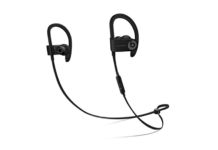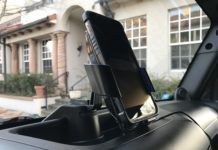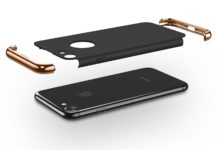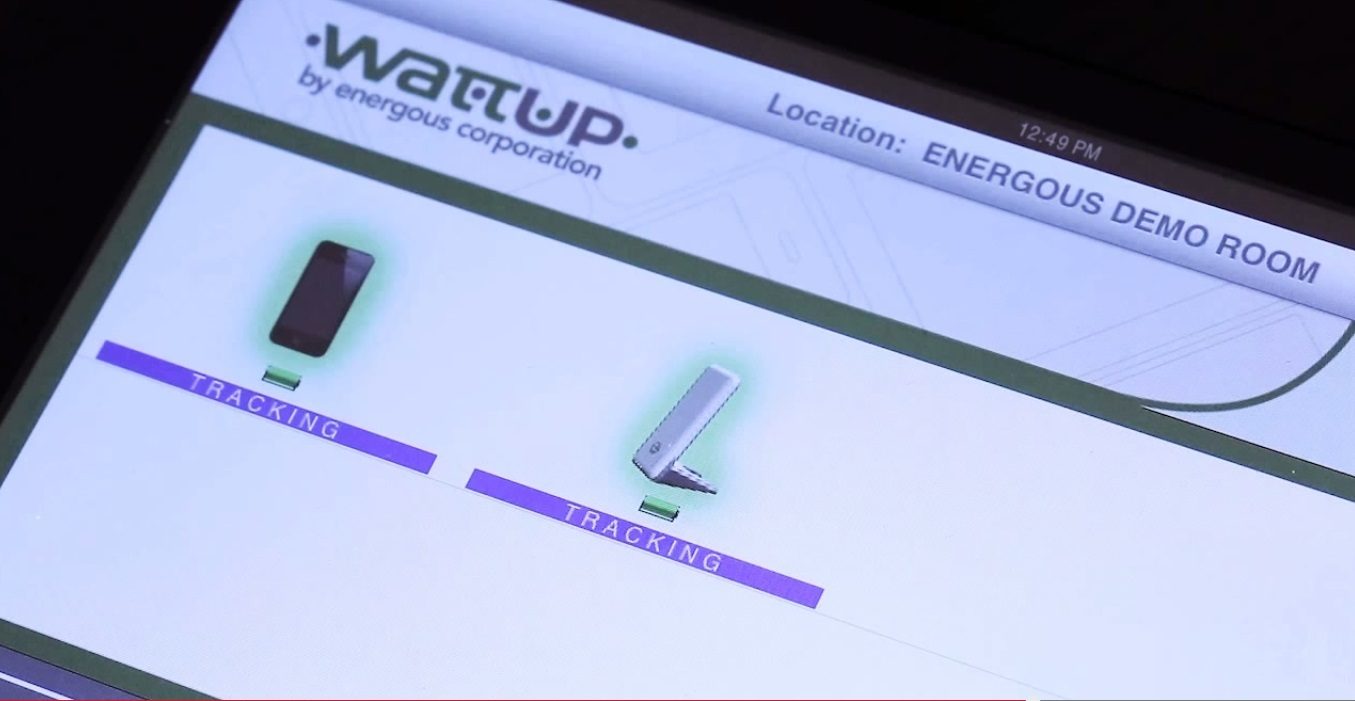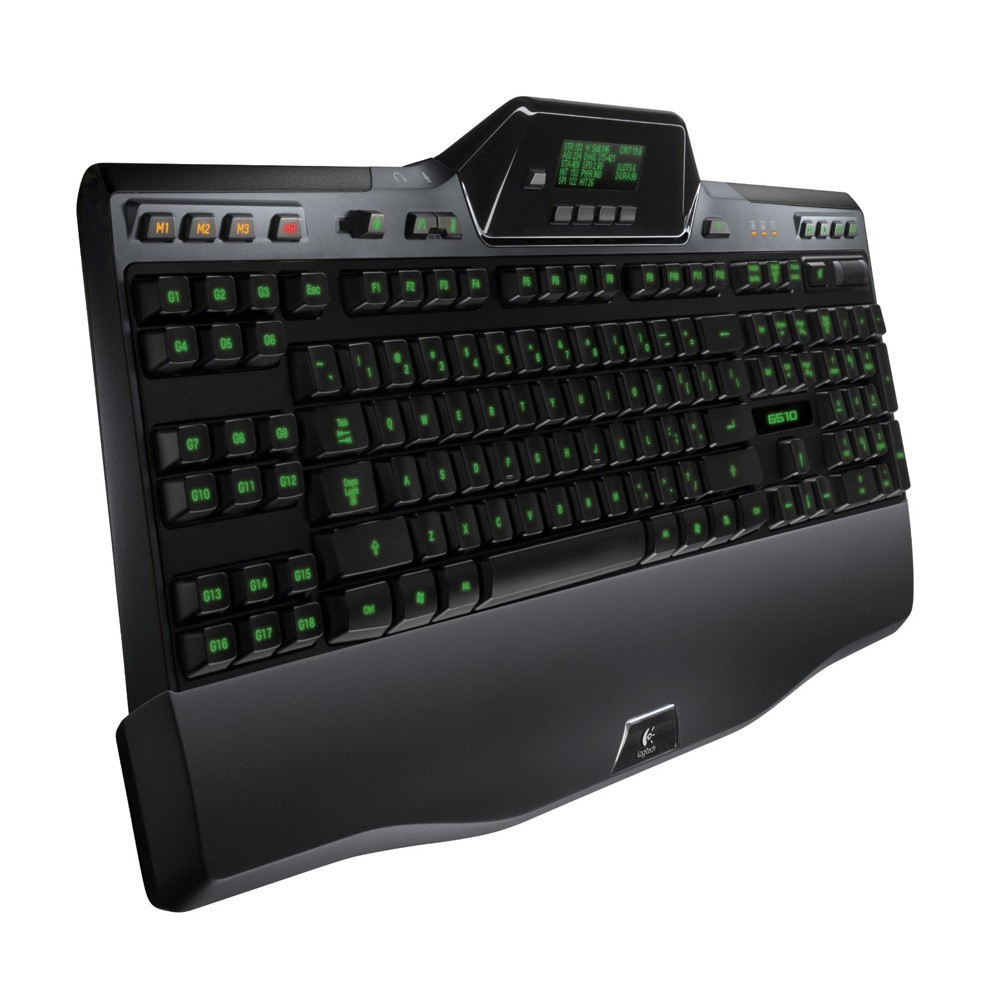When it comes to highly competitive gaming, one of the best known and trusted brands is Logitech. Logitech has not only been around for years but is a brand which is known for bringing reliable and well-working products to the market for gaming, home entertainment, and business use, no matter the level of competition that it has faced. Although Logitech is one of many highly reputable brands when it comes to gaming, there are many other options for a high end PC gamer. However, Logitech also has an edge in regards to their amazing customer service, a key factor which many people tend to forget.
In today’s review, I’ll be going over gaming with the Logitech G510 Gaming Keyboard. Previously I used the Logitech G15v2, which served me faithfully for many years before finally being replaced by the G510. I was looking for something new to add to my gaming arsenal, and the G510 caught my eye when it was on a sale, so I had to go for it. Once I actually had the keyboard in my hands, I knew it was a quality product. While it kept all of the original awesome features of the G15v2, it also brought to the table even better features such as:
- More macro keys, 18 total.
- Better media keys (In my opinion).
- Better volume control, the knob thing makes it incredibly easy to change volume levels.
- Customizable back-lighting.
- A smoother overall look and feel.
- Better quality keys. (With my G15v2, I had issues with markings rubbing away).
These features may not be any key features per say, but they definitely do go into making the G510 a high quality product, and a nice upgrade for me. One of the advantages for users of the Logitech Game Panel Software users, is actually that the G510 does work perfectly without needing a new install coming from a G15. It may need an update, but I’m not sure what version is the minimum needed. I use 4.1.100.1332, and it works perfectly. It also allows me to use some of my old .LUA scripts which make things pretty simple and quite entertaining.
But how does the G510 hold up under a full gaming onslaught? Well, that’s what we’re here to find out. To review gaming performance, I’ll be using some of today’s top games, as well as my favorite game of all time, an oldie, but still one of the best to test a keyboard in my opinion. Anyways… On to the actual testing now.
Call of Duty: Modern Warfare 3 (2011)
In MW3, I found everything to be very nice really. Although the G510 isn’t a mechanical keyboard, it still performed excellently and overall I was very happy. The smoothness and quick response time of the keys allows me to go 30-5 in a multi-player free-for-all. Part of that though is just innate skill, because it’s not like the G510 magically makes you have awesome aim… Or does it?
As I’m sure MW3 players know, FFA is the bane of any good KDR, partially because it is non-stop action from left to right, so to maintain a 5.0+ KDR for a few hours is incredibly good. Part of that is because the keyboard allows me to move the player so quickly. I was able to strafe, crouch, prone, grenade, and knife faster than other players, racking up close to half of my total kills during the test time on behalf of keyboard based weapons like grenades, knives, and throwing knives.
Battlefield 3 (2011)
I have to admit, I love Battlefield. I love the huge maps and the detail put into everything from lighting to models in the game, regardless of the glitches and sometimes, the slow updates. However, it is easily one of the most immersive FPS games ever, in my opinion, up with the ARMA and Crysis games. The G510 performs as expected in BF3, I was particularly happy with how well it could handle the F35 and the AH-1Z Viper, allowing me to do all of my usual tricks with them. The M1 Abrams tank was as always, awesome, driving through pretty much everything is always fun, and the G510 allowed me the control needed to be able to drive between anti-tank mines.
As far as first person went, it still went quite well. I greatly enjoyed the fast response when sniping, because I needed to be able to get to cover as quickly as possible after firing. The other class that was awesome with it was the Assault class. Being that an Assault is usually right up in the front arming charges and capturing flags, an incredibly fast response time is needed from the keyboard with a very low amount of key resistance, in order to be able to move and shoot faster than the enemy players can get to cover.
DIRT 2 (2009)
I’ve always felt that racing games are some of the absolute best to test a keyboard’s response time and precision. The reason is because of the level of control needed to be able to drift certain corners or accelerate exactly when needed. Because DIRT is a pretty realistic racing game, it can give a quite accurate estimate of the precision allowed by a particular keyboard. The G510 performed very impressively, although I would like to see a Return key the presses easier and doesn’t need to be pressed from the center of the key to go down smoothly.
The arrow keys themselves handle very smoothly, requiring just the right amount of pressure to go down when needed, which results in a very smooth driving experience. Drifting was I think slightly easier than it was on the G15v2, and that is really the most important part since it takes the most control over the vehicle in my opinion. I also experienced no real problems other than the Return key issue, so overall I was happy with how it did.
Star Wars: Jedi Knight: Jedi Academy (2003)
This would of course be the oldie, definitely the oldest I’ve tested this keyboard with. It remains one of my favorite games out of all I’ve played. The way that a person can move in mult-iplayer is just mind blowing. The game can be incredibly fast paced, challenging to the very best gamers. It requires predicting flight time for shooting, which means that all sorts of factors go into every single shot, anything from my own movement, the flight speed of the shot I’m firing, and the movement of the enemy. With a method called strafe jumping, keyboards are often pushed to their limits trying to keep up with the rapid pace of commands going to the keys.
The G510 was able to keep up very nicely, and it allowed to me maintain the same max speeds that I usually hit. Since there’s a max limit of around 5 keys registering at a time, I had no problems with hitting too many keys too rapidly or at the same time. I spent a lot of time testing with this game to make sure that I had pushed the keyboard to its absolute limit, and I did. I did run into a few issues where the keys wouldn’t press down easily enough and it started to cost me kills and points pretty quickly. There was quite a few times when I pressed F1 to Force Push an enemy rocket, which naturally kept coming at me. I died most of these times because the keys weren’t going down easily enough, but in other games the G510 was able to keep up perfectly fine. Needless to say, for the most part, the Force is with the G510.
Audiosurf (2008)
Audiosurf is another great game to push a keyboard with. It requires fast response, a lot of control and precision. The songs I played ranged from Lux Aeterna to HYFR by Drake. I also played some dubstep songs, and I have to say all around it can be an easy for fun type game, or it can be incredibly hard depending on what song is played. The faster a song’s beat is, the faster the game is. Here again I ran into not quite a fast enough response time by the G510, but I’m not 100% sure if that was a fault of the G510 or if it was because Audiosurf just doesn’t allow for fast lane switching with a keyboard. I say this because with my old G15v2 it had the same issues, and it also does with my spare Dell keyboard. As far as how the G510 did with this issue in mind assuming it’s a fault of Audiosurf given performance by the G510 otherwise, I would say the G510 did a very nice job keeping up with the slow and fast pace alike.
Final Thoughts
Overall, I was very impressed with the G510, and I would definitely like to see improvements to the design continue to be made. It’s very well designed and built, however I would love to see a 3.2” touch screen on it instead of the screen currently on it. I should also mention that the screen on it is quite useful for gaming and media control, because it does allow for stats to be shown for supported games, and it can show what is playing in iTunes or Winamp. (It does not work with controlling Winamp with the media keys unless it is in the foreground however, I don’t know why yet but I’m looking into it.)
So would I recommend it? If it can be found cheaper than retail, like a sale, then I would yes. I would like to see the price come down to maybe $75 or so, since mechanical keyboards are better for gaming(In my opinion), and they can be found for around $80. I wouldn’t pay the $99.99 it’s currently selling for, but regardless of the price it is a very good product with a good design and a sturdy construction.
Ratings:
Design: 8.5/10
Construction: 9/10
Response: 9.5/10
Function: 8/10
Features: 9/10
Price: 6/10
Bang for Buck: 7.5/10
Overall: 8.2/10










